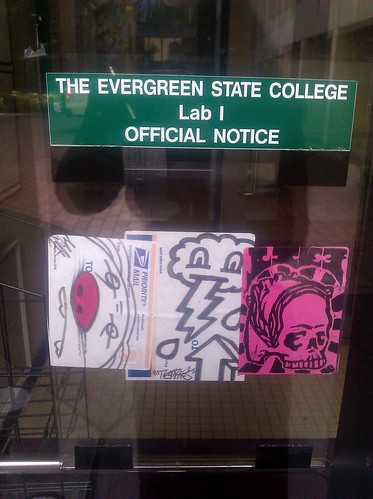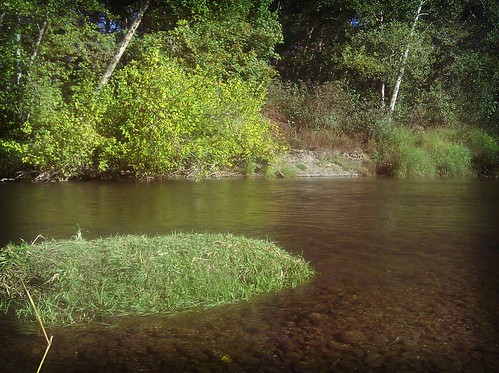[published unfinished/unedited]
Dylan Wilbanks & Kyle Weems have started up this podcast. I’ve known Dylan for years and years — as I told someone at his birthday party, we met through an email list, whereas others had met him through Twitter. (There was no Twitter then!) I don’t know Kyle, except through Twitter (altho I have been in his comic), but listening to the two of them together is a bit like hanging out with a couple of buddies.
But I have this compulsive fact-checking/research thing, and I’ve provided some corrections to earlier episodes (the eye-rolling example being the proportion of vinyl to CD sales). I’ll admit, it annoys me that they can’t do the same quick Googling that I’m doing while I’m listening. On the other hand, I guess I can take up the mantle of #statsgirl. (Originally on Twitter, acknowledging their errors, they called for a #statsboy.)
One: the Cadillac Cimmaron — I got a shout-out from Dylan on whether I’d be correcting him on this, but he’s essentially correct. The Cimmaron was built on what was called the “J-body”, which was common across General Motors cars. Curiously for the metaphor he was working on, it was their second attempt to compete with the new smaller German luxury cars of the time. What I also find intriguing is that initially they thought they’d met some of their goals, as in that it was the first Cadillac model in years that sold more to buyers under 50. Sure they had cache, but only among old people. (Cue “not your father’s Cadillac”) http://en.wikipedia.org/wiki/Cadillac_Cimarron And apparently there’s a term for what they did: “badge engineering.” http://en.wikipedia.org/wiki/Badge_engineering
Two: Apple vs Android ecosystems — again, generally correct, but here’s some extra details: http://www.huffingtonpost.com/2012/08/08/android-marketshare-iphone_n_1756180.html (AP on HuffPost) – Android is 68% of the worldwide smartphone market, while Apple has 17%; and in tablets Apple continues to dominate, basically reversing those numbers. And yes, the hardware market is incredibly fragmented: Apple is the #2 phone hardware provider, behind Samsung. [Admitting my bias: I have an HTC Android phone, and an Asus Android tablet, both of which I like a lot. I’m writing this post in the WP Android app on the tablet. I LOVE the WP Android app.]
Three: not candy names, dessert names. 😛
Four: Jobs left Apple in 1985 and returned in 1998. 13 years? Which is pretty close. (Got another shout-out about this question.)



